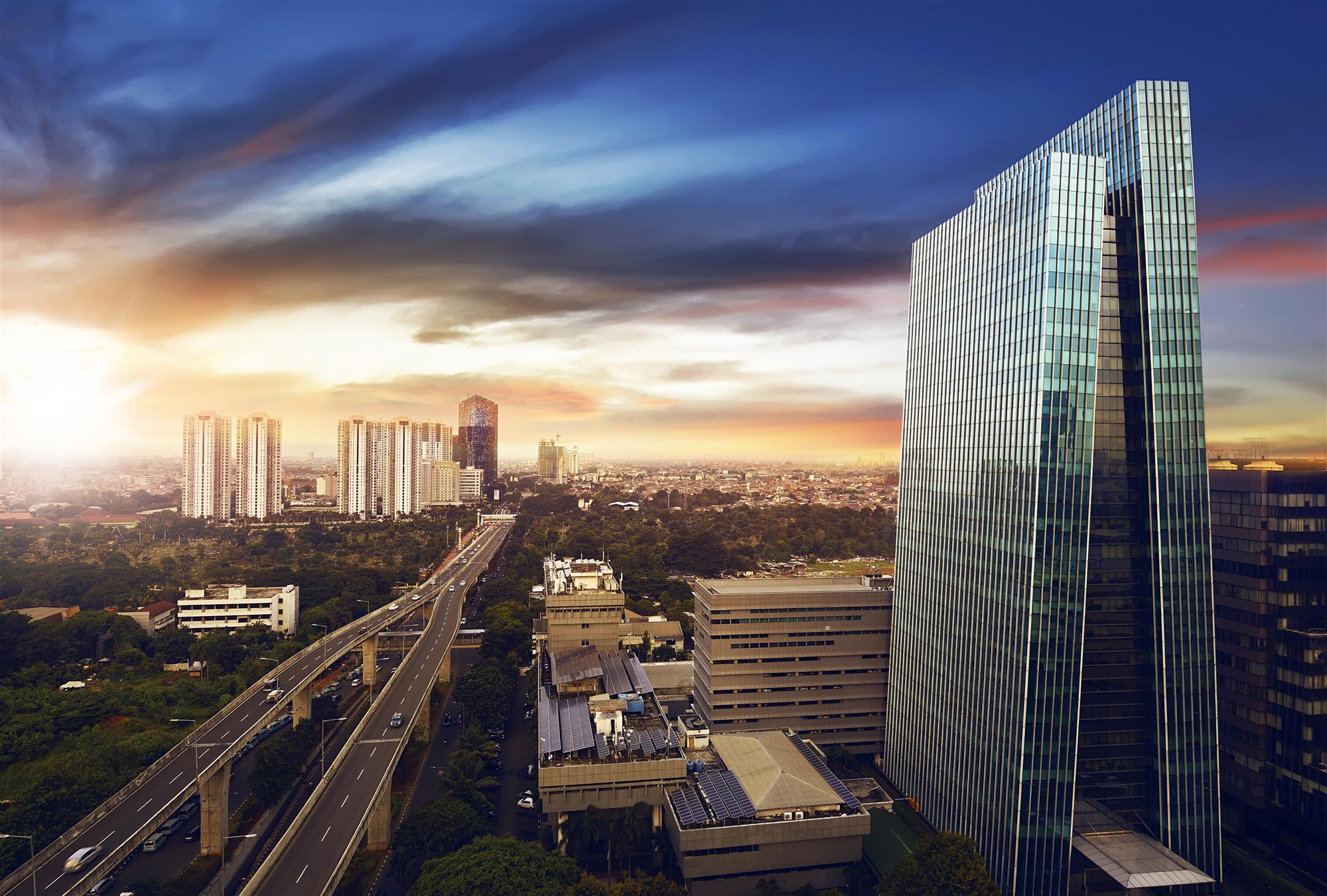The OECD-affiliated International Transport Forum (ITF) has outlined how Tanjung Priok, the port of Jakarta and Indonesia’s main sea freight gateway, can prepare for the arrival of megaships in its recent report titled The Impact of Mega-Ships: The Case of Jakarta.
Key among the four major proposals is the effective ending of cabotage. The ITF also recommends smart phasing in of next phases of the New Priok port project, stimulating port investment in other parts of Indonesia, opening up domestic coastal freight transport to international shipping lines and resolving bottlenecks elsewhere in the supply chain to increase efficiency.
The ITF, which is an intergovernmental body, acts as a think tank for transport policy at a global level. It is administratively integrated with the OECD but politically autonomous, something officials are keen to stress.
It is not unusual for the ITF to issue such reports, but this and other statements illustrate concern about how prepared Indonesian ports and the shipping industry is for the upcoming megaship era.
As for the four proposals, while the ITF acknowledges aligning port capacity to demand is “always challenging,” it warns of what might happen in Jakarta, where container volumes have declined. What it is trying to avoid is new capacity cannibalizing existing terminals, hence its call for careful phasing in of additional terminal capacity, a move it says is necessary.

(Jakarta is currently working on a two-phase expansion; the first phase will build three new container terminals and two liquid bulk terminals. More container terminals are planned in the second phase.
When completed, which is scheduled for 2023, the new port will have a total design capacity of 12.5 million TEUs a year.)
The ITF demurs on either a timeframe or details, but stresses the need for a planned approach.
“Depending on the development of demand for containerized cargo in Indonesia in the coming years, the phasing-in of the next stages of the project could be reconsidered, in order to avoid the creation of container terminal oversupply in Jakarta,” it said.
This, it went on to say, should be linked with its second proposal of more port investment in other parts of Indonesia.
Its argument is that shipping lines are likely to want to make several calls in Indonesia, making it important to coordinate with port investment projects elsewhere in the country, so that other Indonesian ports can also accommodate very large container ships.
What is likely to set the shipping communities blood racing, though, is the suggestion, the ITF’s third, to open up domestic coastal freight transport to international shipping lines, effectively ending cabotage.
Cabotage “most likely constrains the development potential of coastal shipping,” the report diplomatically says.
Keeping that tone, the ITF notes that reforming maritime cabotage regulations has proven challenging in many countries; the ITF offers some general advice on how it can be done.
“A way to do this is to gradually introduce exemptions for certain categories of ships; considering the desire to attract direct calls from large container ships to Jakarta – and other Indonesian ports – it would be advisable to formulate an exemption from cabotage laws for such types of ships,” it said.
Improving the supply chain elsewhere to increase efficiency is its fourth recommendation.
While it describes as commendable the effort put into solving issues such as dwell time at Jakarta, the ITF’s argument is that a broadened approach to bottlenecks elsewhere in the supply chain is needed.
Again, the advice is cautious and incremental. “For instance, dry port capacity could be developed in different areas of metropolitan Jakarta to help manage port-related truck movements,” the report said.
Tanjung Priok is also a regional hub for all of Indonesia. It handled 5.5 million TEUs in 2016, and while the volume of containerized cargo volume grew 130% overall between 2000 and 2017, it declined in 2013, 2014 and 2015, rebounding 6% in 2016.
By Michael Mackey
Southeast Asia Correspondent | Bangkok



